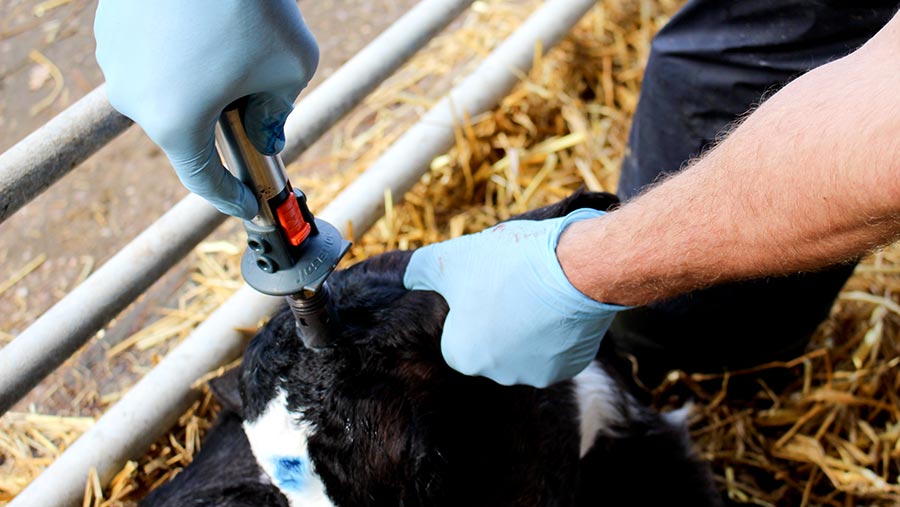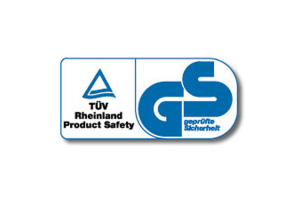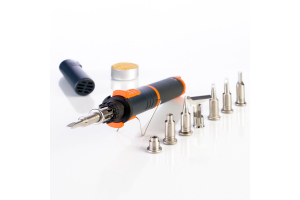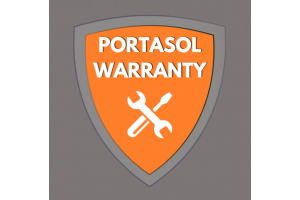We use cookies to make your experience better. To comply with the new e-Privacy directive, we need to ask for your consent to set the cookies. Learn more.
What is Dehorning or Dis-budding and Why is it Done?

Animals such as cattle, goats, and sheep are sometimes dehorned for several reasons, including:
1. Safety: Horned animals can pose a safety risk to both humans and other animals, as they can use their horns to inflict serious injuries. Dehorning can help reduce the risk of accidental injury or aggression.
2. Health: Horns can sometimes become infected or injured, leading to pain and other health problems for the animal. Removing the horns can help prevent these issues.
3. Management: Horns can make it difficult to handle, transport and manage animals, as they can get caught in fences and other equipment. Dehorning can make it easier to handle animals for tasks such as veterinary procedures or transportation.
Dehorning / Disbudding is the process of removing the horn buds from a young animal, before they develop into horns. The best time for Dehorning is between week 3 and 8, but it may vary from breed to breed. The height of the young horn bud should not be more than 1cm.
The Agriculture and Horticulture Development Board (AHDB) in the Uk reccomends the use of butane dehorners :
"Thermal disbudding blocks the blood vessels that irrigate the horn bud preventing its development. Cauterisation is done using a metallic or ceramic iron heated to a very high temperature (500–700°C). It normally causes little bleeding and therefore limits infectious risks. Some irons have interchangeable tips of varying dimensions to adapt to the size of the horn bud. For young calves, tips with a 15–20 mm diameter are enough"
You can find the full article at the following link : https://ahdb.org.uk/knowledge-library/how-to-disbud-dairy-calves-efficiently-easily-and-painlessly#:~:text=1%20week%20old-,Heated%20iron,and%20therefore%20limits%20infectious%20risks.
How to Dehorn a Calf :
1. Restrain the calf: The calf is usually restrained using a calf crate, headgate or a chute / crush to keep them still and prevent them from injuring themselves or the person performing the disbudding.
2. Carefully cut all the hair from around the horn bud. Using the Dehorner tool to burn the hair is not recommended as it creates soot and can cause issues with the internals of the dehorners affecting functionality.
3. It is recommended that a suitable local anaesthetic be used in the horn area to numb the area and prevent unnecessary pain and make the process more comfortable for the calf. Allow suitable time to elapse before the calf is dehorned/disbudded.
4. Heat the disbudding iron: A dehorning/disbudding iron is a specialized tool that is heated using a propane or butane flame. The Portasol Dehorner 3 is a hand-held, butane powered portable tool that gets to working temperature very quickly, and can continuously be used by just refilling the butane when it runs out.
5. Begin the dehorning/disbudding: Push the pre-heated dehorner against the base of the horn bud (skullpan) for 10-15 seconds. The dehorning effect by can be increased by turning the dehorner in both directions (clockwise and anticlockwise) on the horn bud. To ensure all horn cells are destroyed, the bud area should show a complete “copper coloured” burnt ring around the horn bud. Repeat the same process on the other bud.
6. Monitor the calf: After the disbudding process is complete, the calf is monitored for signs of distress or discomfort. Pain medication may be administered if needed. Do not remove the rising scab. Horn bud and scab will fall off after 4 – 6 weeks.
It's important to note that disbudding is a potentially painful and stressful process for the calf, and It's also important to follow proper animal welfare guidelines and regulations when performing this procedure.





